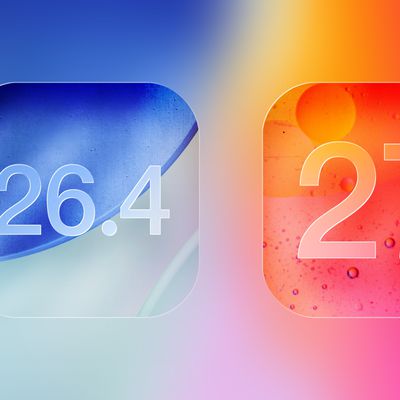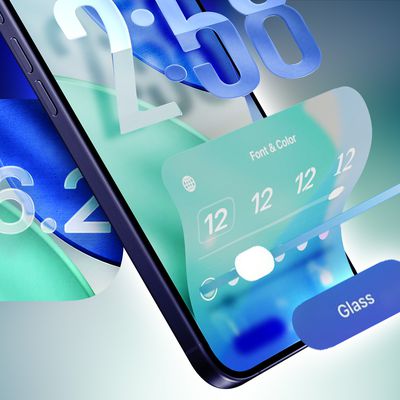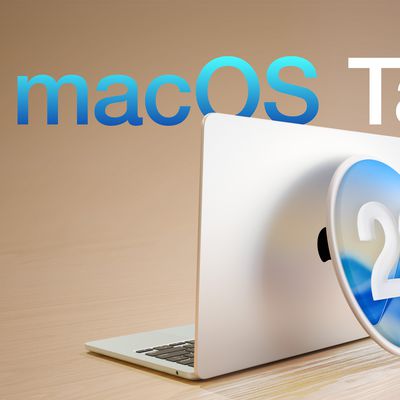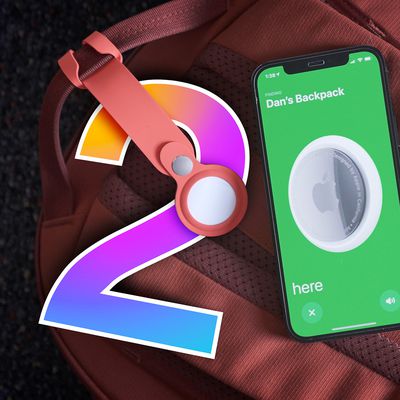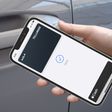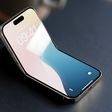Apple Walks Back iPhone 13 Display Repair Restriction That Disabled Face ID
Following the launch of the iPhone 13 models, iFixit and other independent repair outlets found that replacing the iPhone's display renders Face ID non-functional, limiting repairs to Apple itself, Apple Authorized Service Providers, and Apple-associated repair shops. The change made it much more difficult for smaller, independent repair shops to perform iPhone 13 display repairs on broken devices.
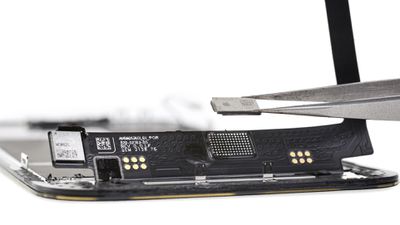
Image via iFixit
Given the blowback from repair providers unhappy with the restriction, Apple has decided to change its policy. Apple told The Verge that it plans to introduce a software update that will allow for standard display repairs that do not disable Face ID.
With the iPhone 13 models, Apple added a small microcontroller that pairs the iPhone 13 to its display. When performing a display repair, this microcontroller must be paired to the new display using Apple's tools, which independent repair shops do not have access to. Without this pairing process, swapping an iPhone 13 display with a new display results in an error message that says "Unable to activate Face ID on this iPhone."
Repair shops without access to Apple's pairing tools could take the microcontroller from the original display and add it to a new display, but it's a finicky process that requires soldering and a microscope to perform.
The software update that Apple plans to implement will remove the restriction that requires the microcontroller to be transferred to a new display when a repair is made, so independent shops will once again be able to repair screens without impacting the functionality of Face ID.
There is no word yet on when Apple will add the software update to simplify iPhone display repairs for independent repair providers, but iOS 15.2 is in beta testing at the current time and the feature could be introduced in that update.
Popular Stories
Macworld's Filipe Espósito today revealed a handful of features that Apple is allegedly planning for iOS 26.4, iOS 27, and even iOS 28.
The report said the features are referenced within the code for a leaked internal build of iOS 26 that is not meant to be seen by the public. However, it appears that Espósito and/or his sources managed to gain access to it, providing us with a sneak peek...
Apple seeded the second iOS 26.2 Release Candidate to developers earlier this week, meaning the update will be released to the general public very soon.
Apple confirmed iOS 26.2 would be released in December, but it did not provide a specific date. We expect the update to be released by early next week.
iOS 26.2 includes a handful of new features and changes on the iPhone, such as a new...
Apple today released iOS 26.2, the second major update to the iOS 26 operating system that came out in September, iOS 26.2 comes a little over a month after iOS 26.1 launched. iOS 26.2 is compatible with the iPhone 11 series and later, as well as the second-generation iPhone SE.
The new software can be downloaded on eligible iPhones over-the-air by going to Settings >...
Apple today released new firmware designed for the AirPods Pro 3 and the prior-generation AirPods Pro 2. The AirPods Pro 3 firmware is 8B30, up from 8B25, while the AirPods Pro 2 firmware is 8B28, up from 8B21.
There's no word on what's include in the updated firmware, but the AirPods Pro 2 and AirPods Pro 3 are getting expanded support for Live Translation in the European Union in iOS...
Apple today released macOS Tahoe 26.2, the second major update to the macOS Tahoe operating system that came out in September. macOS Tahoe 26.2 comes five weeks after Apple released macOS Tahoe 26.1.
Mac users can download the macOS Tahoe update by using the Software Update section of System Settings.
macOS Tahoe 26.2 includes Edge Light, a feature that illuminates your face with soft...
The AirTag 2 will include a handful of new features that will improve tracking capabilities, according to a new report from Macworld. The site says that it was able to access an internal build of iOS 26, which includes references to multiple unreleased products.
Here's what's supposedly coming:
An improved pairing process, though no details were provided. AirTag pairing is already...
Apple today released iPadOS 26.2, the second major update to the iPadOS 26 operating system released in September. iPadOS 26.2 comes a month after iPadOS 26.1.
The new software can be downloaded on eligible iPads over-the-air by going to Settings > General > Software Update.
iPadOS 26.2 continues with the multitasking improvements that were added with iPadOS 26.1. You can now drag and...
Apple today released iOS 26.2, iPadOS 26.2, and macOS 26.2, all of which introduce new features, bug fixes, and security improvements. Apple says that the updates address over 20 vulnerabilities, including two bugs that are known to have been actively exploited.
There are a pair of WebKit vulnerabilities that could allow maliciously crafted web content to execute code or cause memory...



